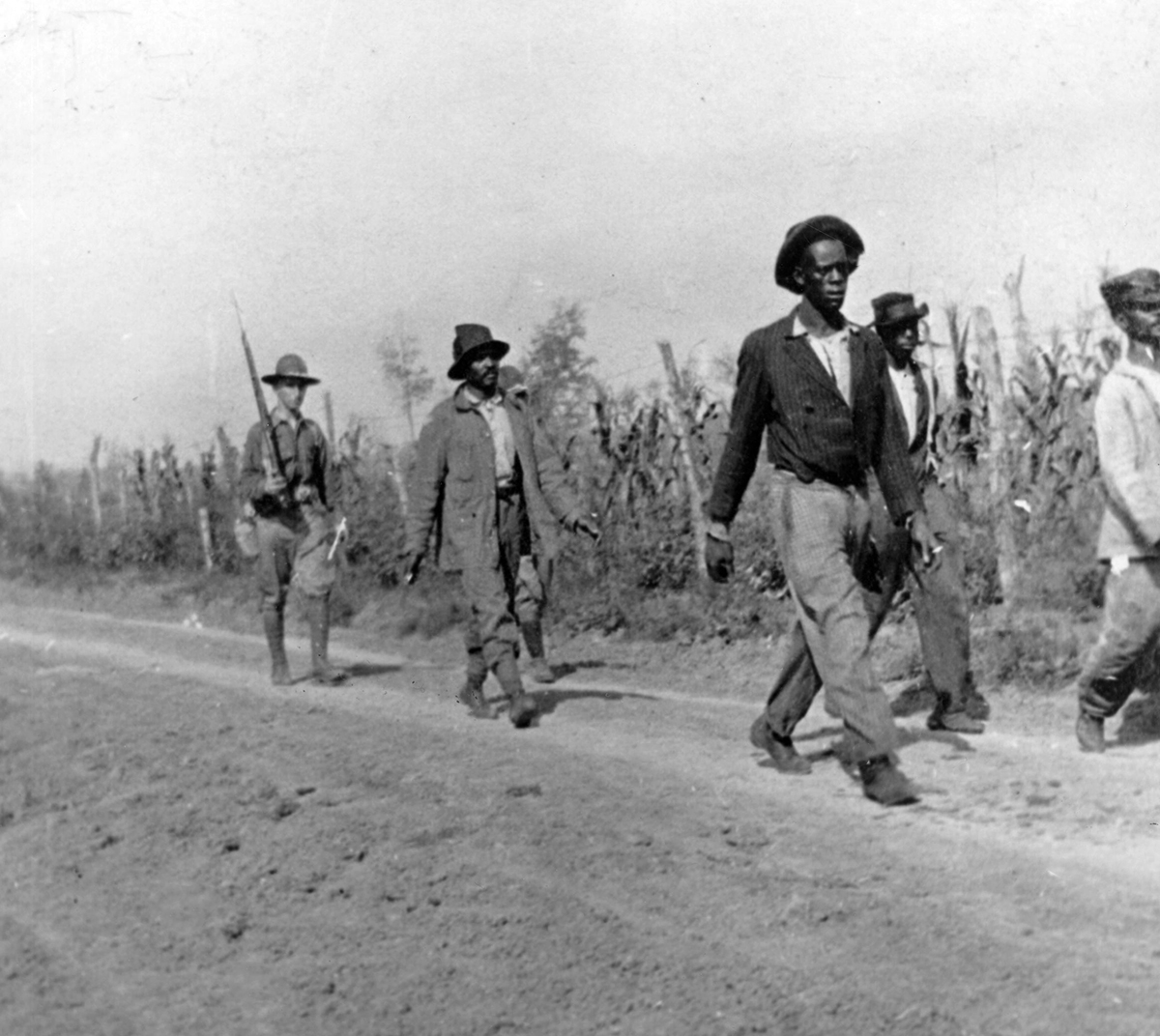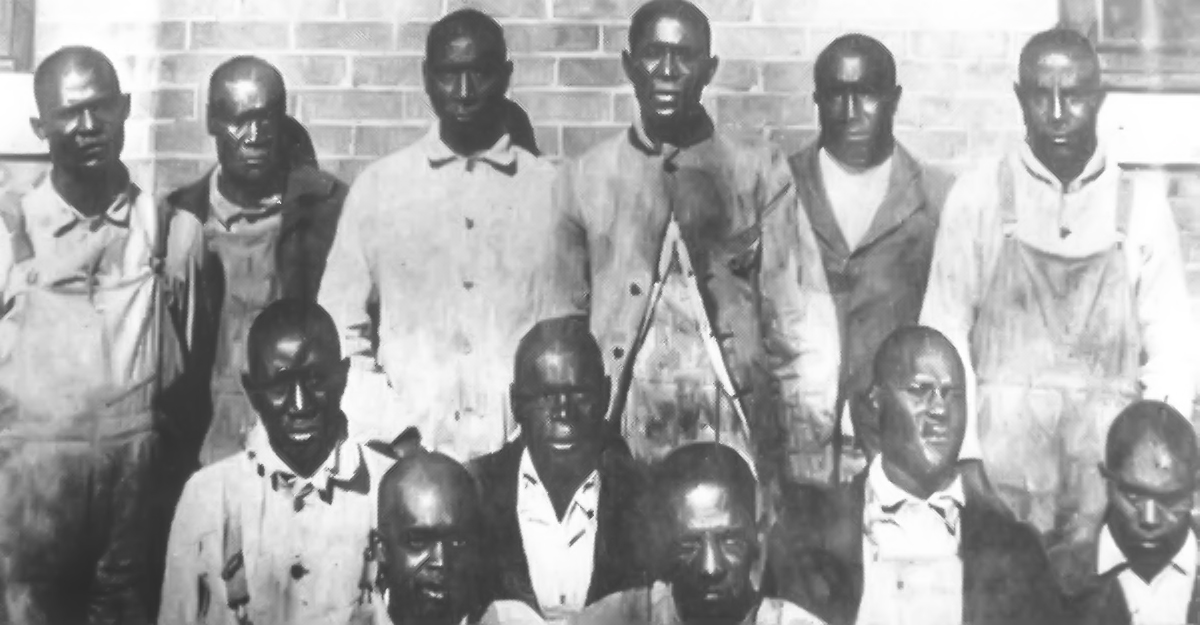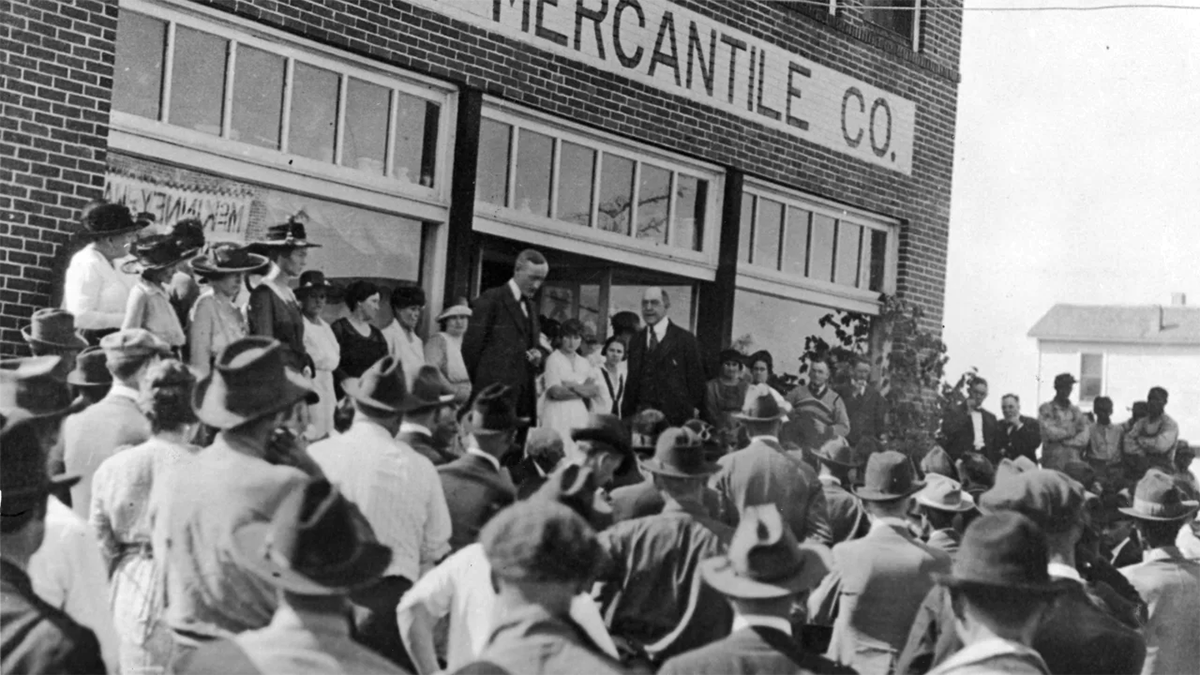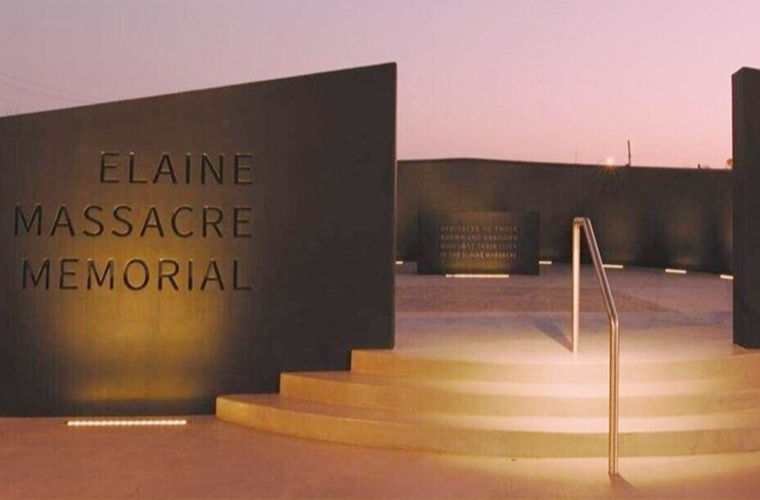White Arkansans, fearful of what would happen if African-Americans organized, took violent action, but it was the victims who ended up standing trial
The Elaine Massacre of 1919 was a particularly brutal episode of racial violence in the United States that occurred during a time of great social and political change. The incident was one of many such episodes that took place during what is now known as the “Red Summer” of 1919, a period of intense racial violence and unrest across the country.
The massacre was sparked by a meeting of African American sharecroppers in Elaine, Arkansas, who were discussing their efforts to form a union and demand better wages for their labor. During the meeting, a group of white men, including law enforcement officers, interrupted the proceedings and violence broke out. It is unclear who fired the first shots, but in the ensuing chaos, a white man was killed.

Word of the shooting quickly spread, and rumors began to circulate that African Americans were organizing an armed uprising. In response, the governor of Arkansas called in the National Guard, which was accompanied by white vigilantes. The guardsmen and vigilantes launched a series of brutal attacks on the African American community, killing dozens and perhaps even hundreds of people.
The violence continued for several days, during which time many African American residents were beaten, tortured, and even lynched. In addition to those who were killed outright, many others were arrested and charged with crimes ranging from murder to sedition. Most of those charged were African American, and many were tried in sham trials that resulted in lengthy prison sentences or even death sentences.

The Elaine Massacre was one of the deadliest instances of racial violence in American history, and it underscored the deep-seated racism and inequality that existed in the country at the time. It also highlighted the role that the government and law enforcement played in perpetuating this violence, as well as the complicity of white citizens who either actively participated in the violence or stood by and watched it happen.
The incident had far-reaching consequences for the African American community, helping to inspire the civil rights movement and galvanizing many people to fight for their rights. In the years that followed, activists and organizers worked tirelessly to expose the injustices of the massacre and to demand justice for its victims. While the full extent of the violence and its aftermath may never be known, the Elaine Massacre remains a stark reminder of the ongoing struggle for racial equality in the United States.


